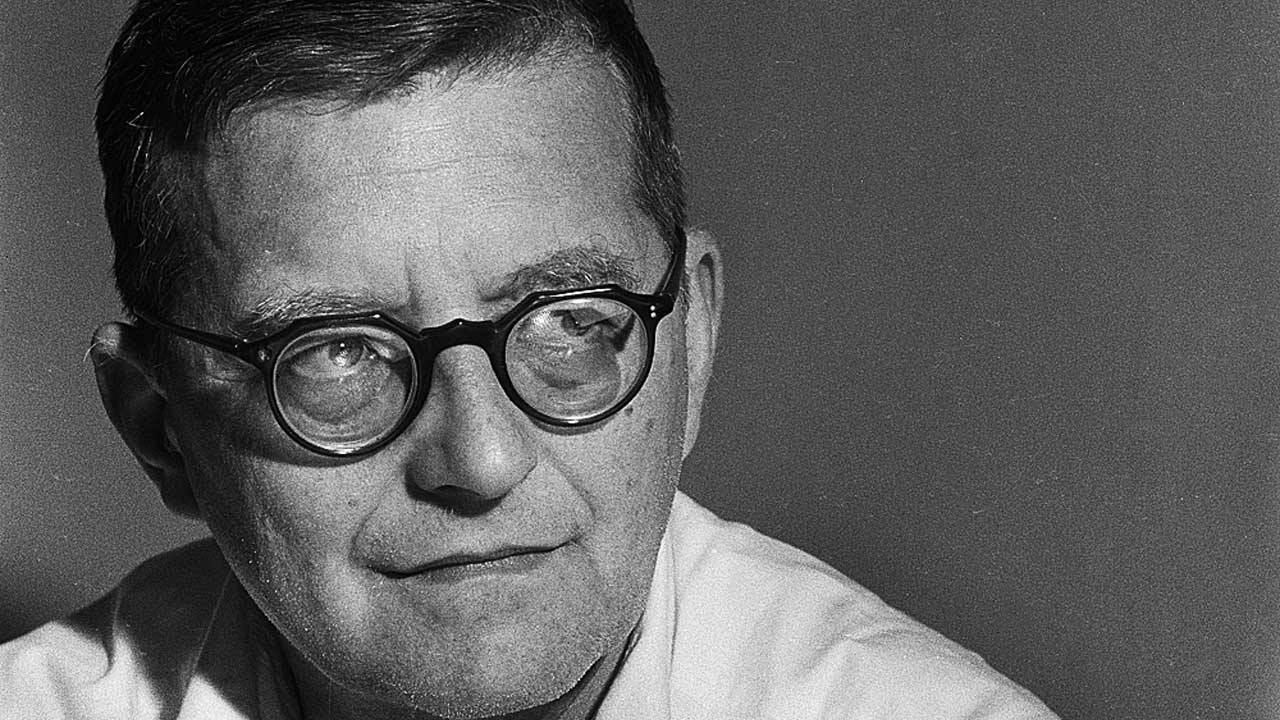Villa-Lobos’ “Ciranda das Sete Notas”: Brazilian Bassoon Bliss
The Ciranda is a traditional Brazilian children’s dance. In the ultimate expression of community, participants (including adults) join hands and engage in a round dance of moderate tempo. The Brazilian composer, Heitor Villa-Lobos (1887-1959), was serving his country as minister for national music education when, in 1933, he wrote Ciranda das sete notas (“Round Dance for Seven Notes”). A single movement concerto for bassoon and string orchestra, the piece explores the sunny …







